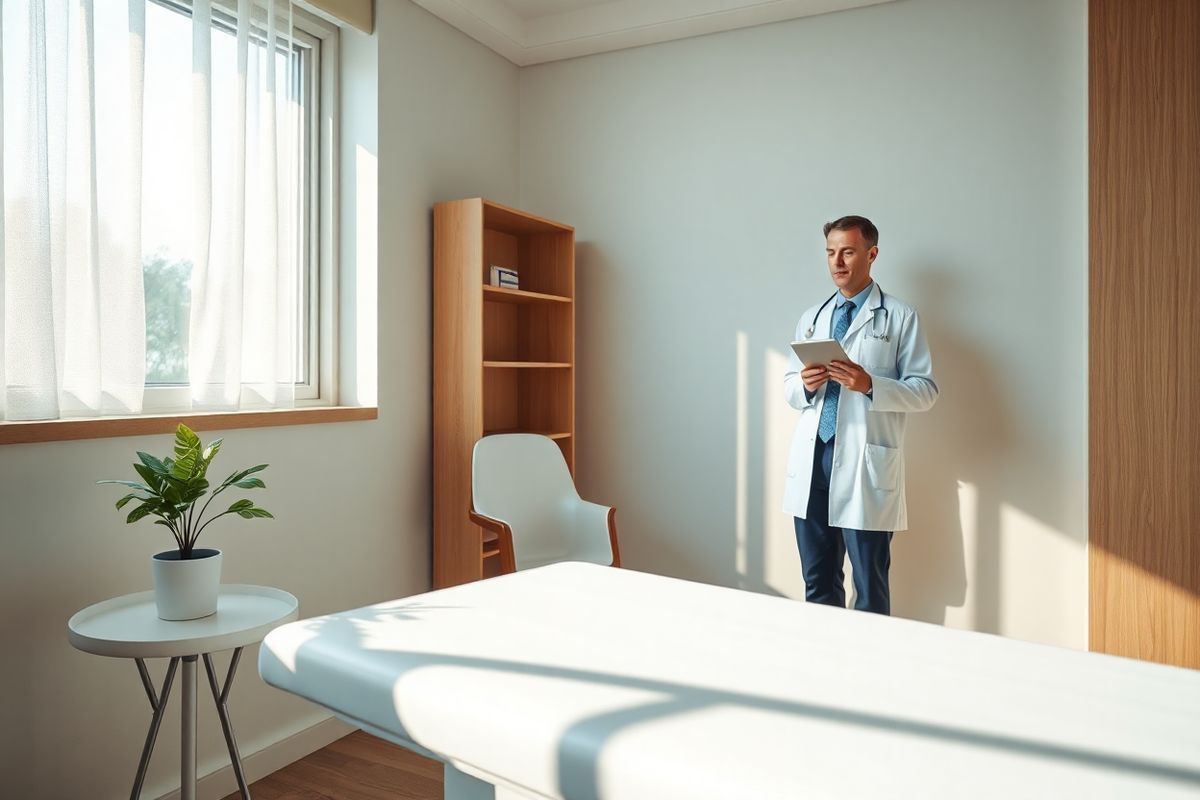Table of Contents
Understanding Allergic Reactions: The Body’s Response to Truqap

allergic reactions occur when the immune system mistakenly identifies a harmless substance as a threat. In the case of Truqap (capivasertib), a selective ATP-competitive pan-AKT kinase inhibitor, the body may respond to the drug as if it were a harmful invader, leading to various allergic reactions. The immune system’s protective mechanism involves the production of antibodies, specifically Immunoglobulin E (IgE), which can trigger symptoms ranging from mild irritation to severe reactions like anaphylaxis. The nature of the immune response is influenced by the individual’s genetic predisposition and previous exposures to allergens (Mayo Clinic, 2023).
Truqap’s role in cancer treatment highlights its importance, but it also raises concerns about the potential for side effects, particularly allergic reactions. The mechanisms that lead to allergic responses involve complex interactions between the drug and the immune system, resulting in the activation of immune pathways that can lead to inflammation and other systemic symptoms (American Academy of allergy, Asthma and Immunology, 2024).
Common Side Effects of Truqap: What to Expect

When starting Truqap, patients may experience a range of side effects, some of which can be indicative of allergic reactions. Common side effects include:
- Skin Reactions: Itching, rashes, and hives can occur as the skin reacts to the medication. Allergic contact dermatitis is one potential outcome.
- Respiratory Symptoms: Patients may develop symptoms such as coughing, wheezing, or difficulty breathing if the drug triggers respiratory allergies.
- Gastrointestinal Issues: Nausea, vomiting, or diarrhea may arise due to the body’s reaction to the drug.
- Fatigue: A general feeling of tiredness or malaise is another common side effect that may occur as the body adjusts to the medication.
These symptoms can vary significantly depending on the individual and the severity of their allergic response. For instance, while some may only experience mild itching or a rash, others may face more severe symptoms, such as difficulty breathing or swelling of the face and throat (American Academy of Allergy, Asthma and Immunology, 2024).
Recognizing Allergic Reactions: Symptoms and Signs to Watch For
Recognizing the symptoms of an allergic reaction to Truqap is crucial for timely intervention. Symptoms can manifest in several ways, including:
- Skin Reactions: Hives (urticaria) characterized by raised, itchy bumps on the skin. The appearance of these hives can signal that the body is reacting negatively to the medication.
- Respiratory Distress: Symptoms such as shortness of breath, wheezing, or a tight feeling in the throat indicate a more serious allergic response that may require immediate medical attention.
- Gastrointestinal Symptoms: Nausea, vomiting, or diarrhea can occur as the digestive system reacts to the drug.
- Systemic Symptoms: In severe cases, symptoms may escalate to anaphylaxis, which can include swelling of the tongue, lips, and throat, difficulty breathing, rapid pulse, and a sense of impending doom. Anaphylaxis is a medical emergency, and immediate action is required (Healthline, 2024).
Understanding these symptoms is essential for patients taking Truqap, as early recognition can lead to prompt medical intervention and potentially prevent serious complications.
Effective Strategies for Managing Truqap Side Effects
Managing side effects associated with Truqap involves a combination of proactive measures and reactive strategies. Here are some effective strategies:
-
Monitoring Symptoms: Patients should keep a close record of any side effects experienced after starting Truqap. Documenting the severity and duration of symptoms can help healthcare providers tailor interventions more effectively.
-
Medication Management: Over-the-counter antihistamines may alleviate mild allergic symptoms like itching or rashes. However, they should be used under the guidance of a healthcare professional to avoid interactions with Truqap.
-
Lifestyle Modifications: Patients are encouraged to maintain a healthy lifestyle, including a balanced diet and regular exercise, to bolster their immune system and overall health. Staying hydrated can also aid in reducing the severity of gastrointestinal symptoms.
-
Avoiding Triggers: Identifying and avoiding known allergens or irritants can help minimize the risk of allergic reactions. For those with a known history of drug allergies, alerting the prescribing physician before starting Truqap is critical.
-
Emergency Preparedness: Patients who are at risk for severe allergic reactions should have an emergency plan in place. This includes carrying an epinephrine auto-injector if prescribed and knowing when to seek immediate medical attention (Mayo Clinic, 2023).
When to Seek Medical Attention: Understanding Severe Allergic Reactions
It is vital for patients taking Truqap to understand when to seek medical attention for allergic reactions. The signs of a severe allergic reaction, or anaphylaxis, can escalate quickly and may include:
- Severe Breathing Difficulties: Any sign of wheezing, difficulty breathing, or a tight throat should be treated as an emergency.
- Swelling of the Face or Throat: Rapid swelling of the lips, tongue, or throat can indicate anaphylaxis and requires immediate medical intervention.
- Rapid Heartbeat: A sudden increase in heart rate, coupled with feelings of dizziness or fainting, necessitates urgent care.
- Skin Reactions: Widespread hives or a severe rash can signal a more serious allergic reaction and should be evaluated promptly.
For any of these symptoms, patients should call emergency services immediately or go to the nearest hospital. Anaphylaxis can be life-threatening, and rapid treatment with epinephrine is often critical for survival (American Academy of Allergy, Asthma and Immunology, 2024; Healthline, 2024).
Reference Table
| Reference Number | Citation |
|---|---|
| 1 | Mayo Clinic. (2023). Allergies - Symptoms and causes. Retrieved from https://www.mayoclinic.org/diseases-conditions/allergies/symptoms-causes/syc-20351497 |
| 2 | American Academy of Allergy, Asthma and Immunology. (2024). Allergy Symptoms. Retrieved from https://aafa.org/allergies/allergy-symptoms/ |
| 3 | Healthline. (2024). Allergic Reaction: Symptoms, Treatment, Prevention & More. Retrieved from https://www.healthline.com/health/allergies/allergic-reaction |
FAQ
What should I do if I experience a rash after taking Truqap? If you notice a rash, monitor its severity. If it worsens or is accompanied by other symptoms like shortness of breath or swelling, seek medical attention immediately.
Can I take antihistamines while on Truqap? Over-the-counter antihistamines may help with mild allergic symptoms, but consult your healthcare provider before combining them with Truqap to avoid potential interactions.
How can I prevent allergic reactions while taking Truqap? Maintain a diary to track medications and potential allergens, avoid known triggers, and communicate with your healthcare provider about any previous allergies.
What are the signs of anaphylaxis? Signs include difficulty breathing, swelling of the face or throat, rapid heartbeat, and a severe rash or hives. Anaphylaxis is a medical emergency and requires immediate treatment.
Is there a way to manage fatigue caused by Truqap? Fatigue can be managed by ensuring adequate rest, maintaining a balanced diet, and engaging in light physical activity as tolerated. Consult your healthcare provider if fatigue persists.











